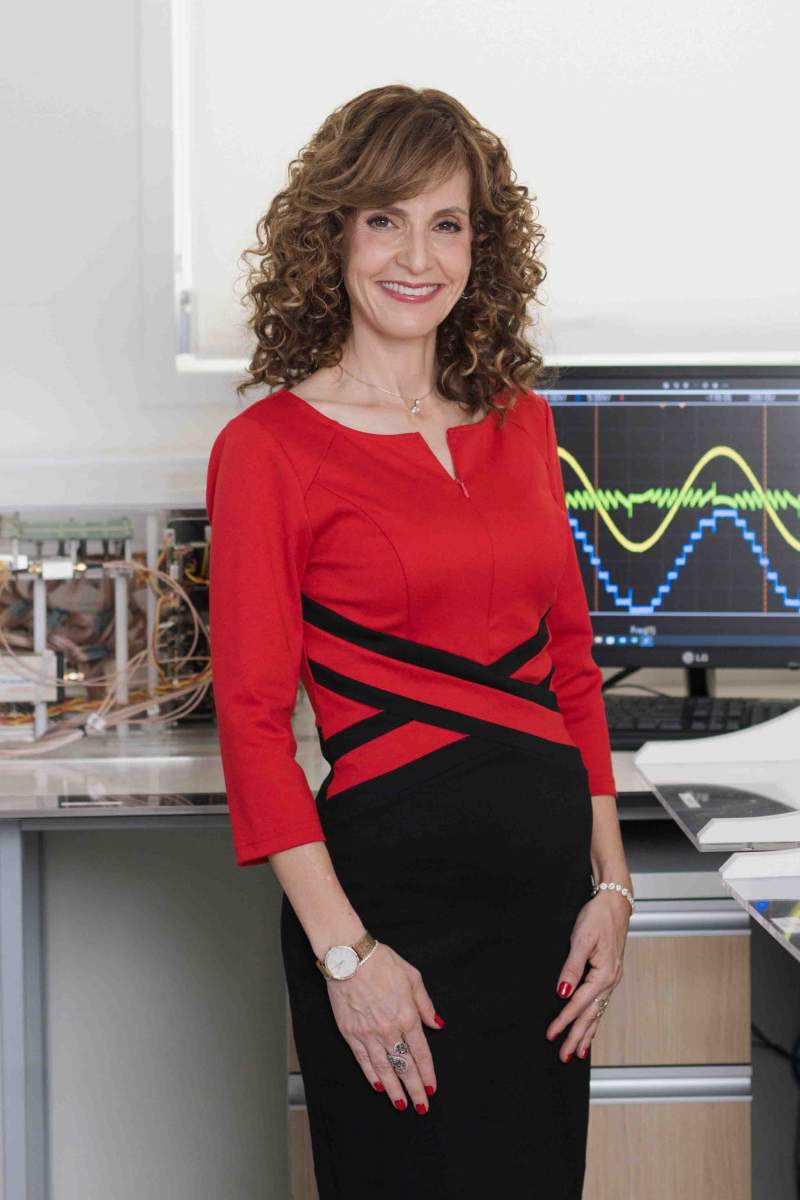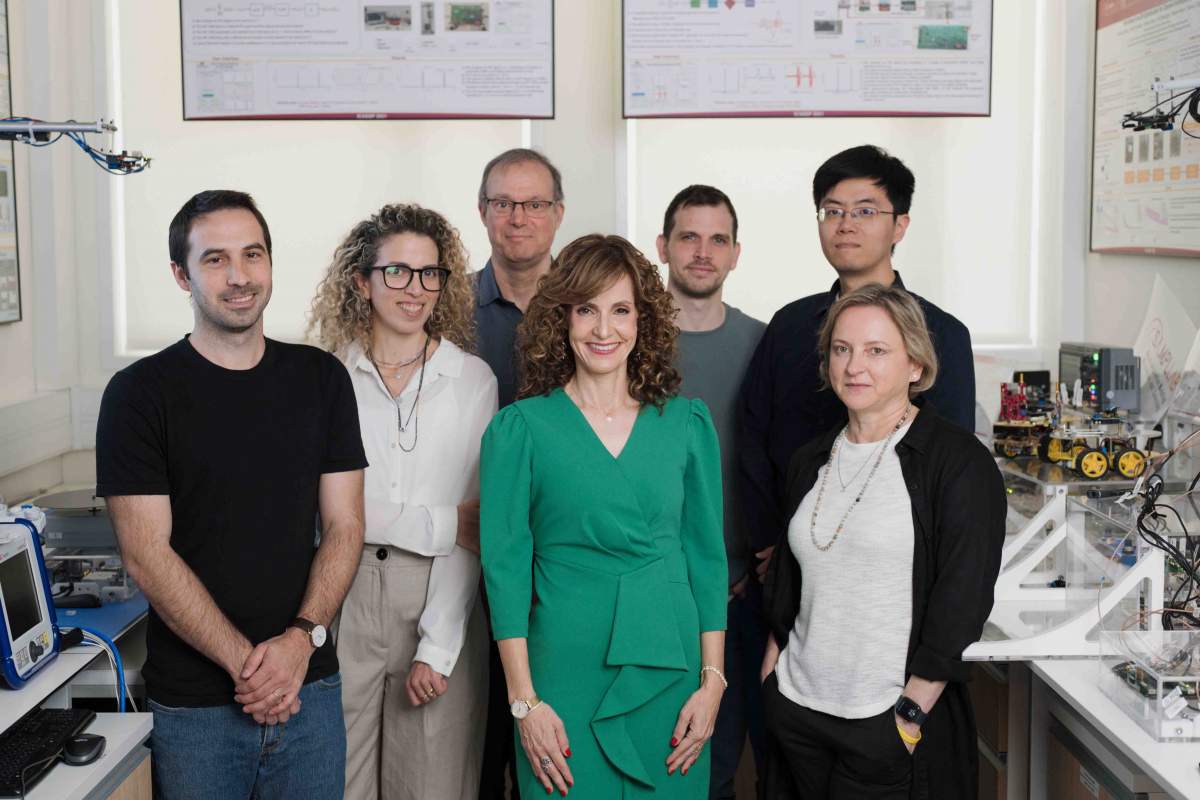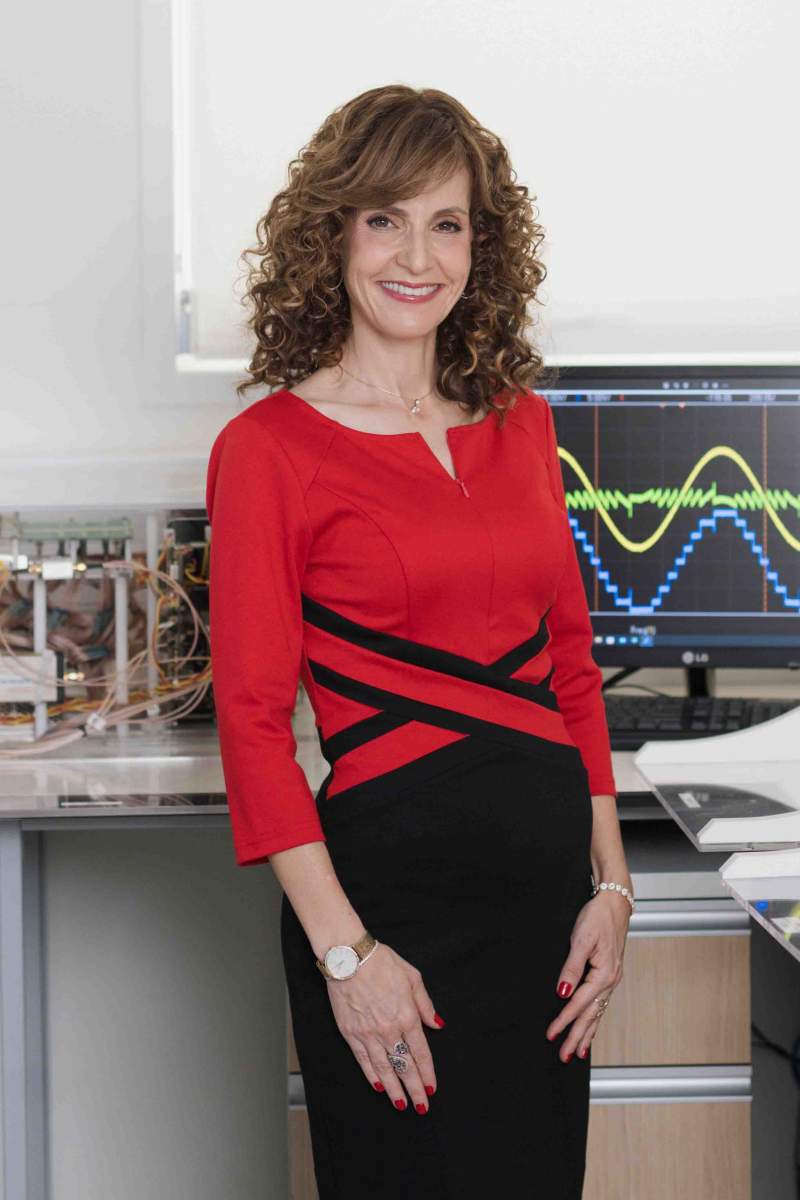Introduction to BRAHMS
At the onset of the COVID-19 pandemic, Prof. Yonina Eldar of the Weizmann Institute of Science initiated an online brainstorming session with physicians across Israel to identify critical needs in the healthcare system. One pressing issue was the risk of infection spread through physical contact during patient monitoring. Eldar, with her background in signal processing and radar technology, saw an opportunity to address this challenge.

Eldar’s research team developed BRAHMS (Bio-Radar Health Monitoring System), a technology that uses radar to monitor vital signs remotely. The system can measure heart rate, breathing rate, and potentially lung function without physical contact. This innovation has the potential to transform patient monitoring in various healthcare settings.
How BRAHMS Works
BRAHMS employs radar systems to detect subtle chest movements, interpreting them through sophisticated algorithms. This allows for the continuous monitoring of vital signs in multiple patients simultaneously, even in crowded environments. The system can identify individuals, measure their vital signs, and alert medical staff to any distress signals.

The technology has potential applications in emergency rooms, intensive care units, postoperative care, and elderly care facilities. It could significantly reduce the risk of infection transmission and improve patient comfort, particularly for children who often find traditional monitoring devices uncomfortable.
Technical Specifications and Future Developments
The BRAHMS system utilizes advanced mmWave radar, capable of detecting displacements of several millimeters. It can monitor vital signs through clothing or bedding within a range of up to 9 meters. The frequency used is between 77-81 GHz, ensuring safety for human exposure.
Future developments may include additional parameters such as blood pressure measurement and breathing pattern analysis for detecting conditions like sleep apnea. The interdisciplinary approach, combining engineering, mathematics, and physics, was key to the system’s development.
Conclusion
The BRAHMS technology represents a significant advancement in patient monitoring, offering a non-contact, efficient, and comfortable solution for healthcare settings. Its development underscores the potential for technological innovation to address critical challenges in healthcare, improving both the quality and safety of patient care.


